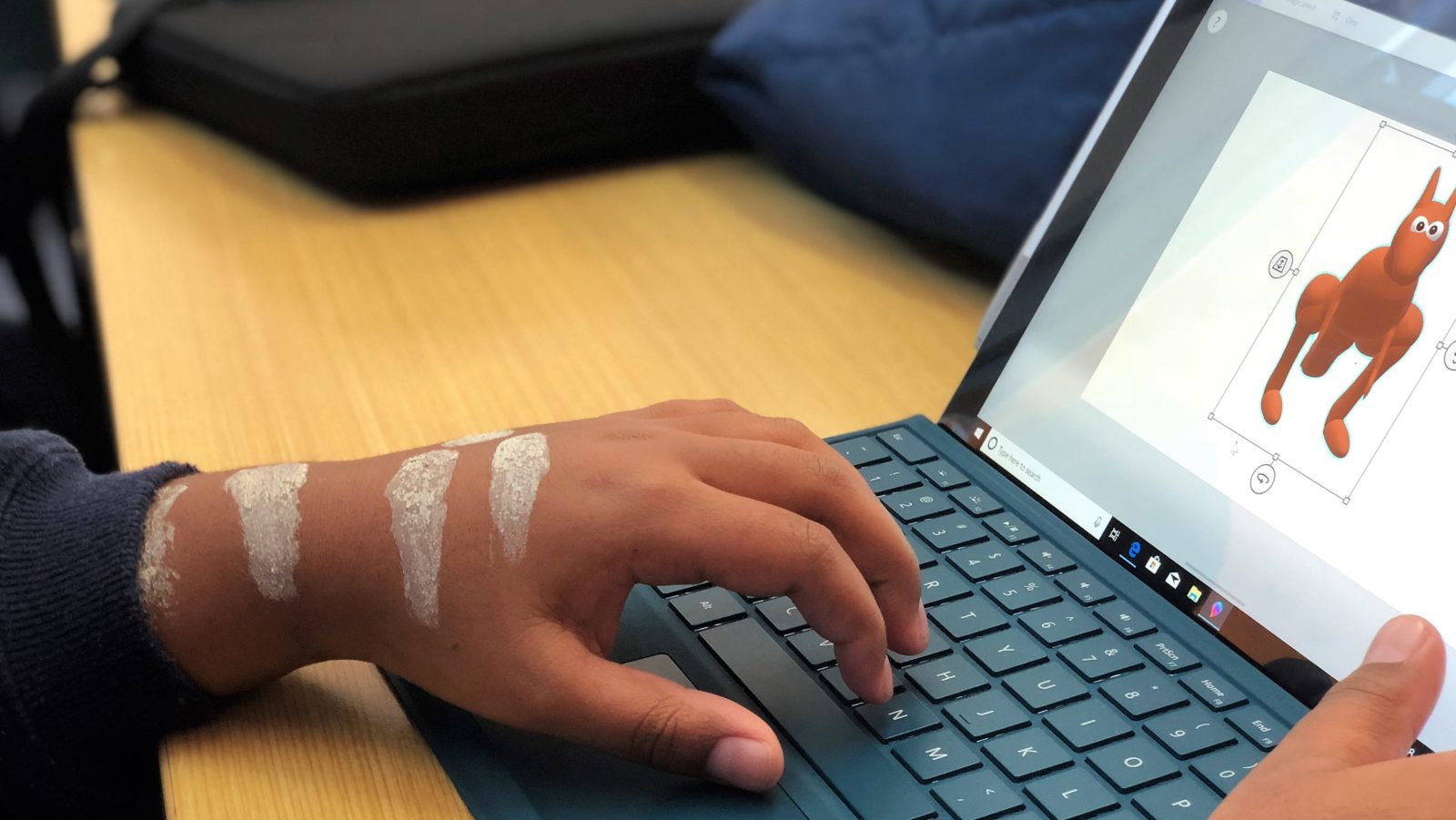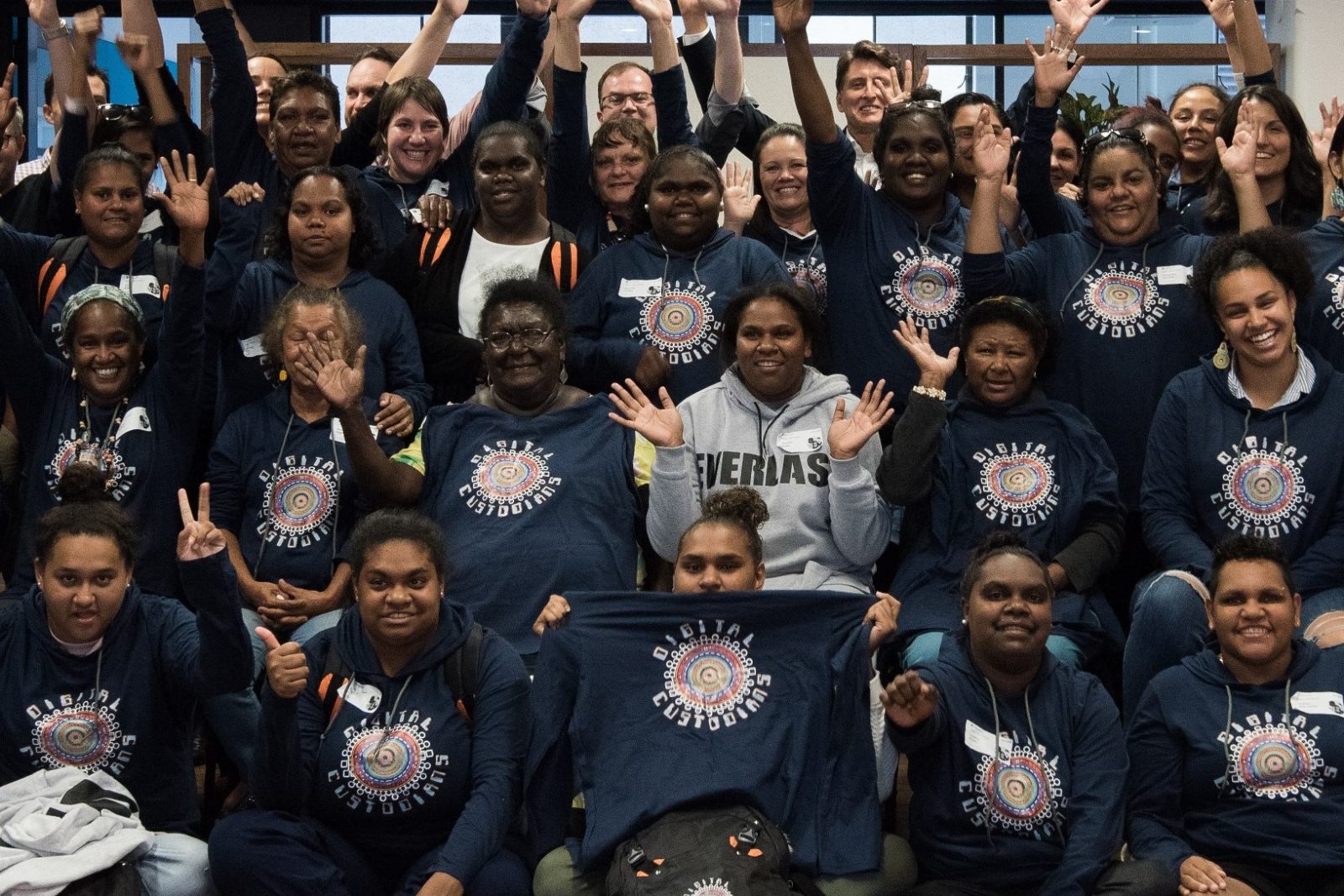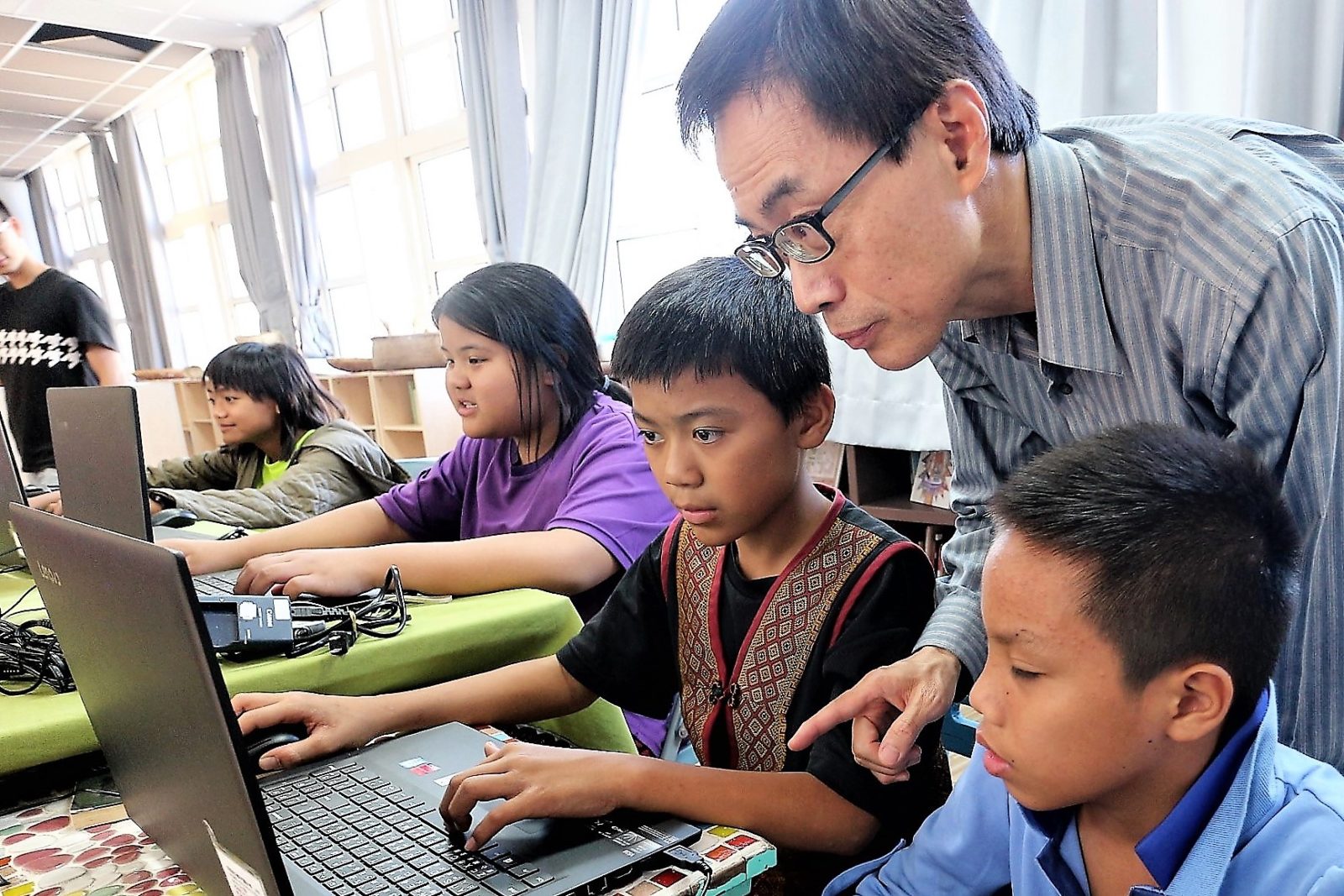
First Nations and computer science education: Striving to bridge the Digital Divide
Indigenous peoples are acquiring and using digital skills – in their own ways, for their own needs, and on their own terms
Sometimes it’s hard not to marvel at the global impact of digital transformation and emerging technologies – like artificial intelligence, augmented reality, and the cloud. But let’s also keep a close eye on the digital divide – the gap between those with easy access to technologies, education, and skills, and those who don’t.
Will this gap widen or close in the years ahead? How will those groups and minorities, already marginalized by past technological and economic shifts, be impacted? How can we shape the digital age so it improves the lot and lives of potentially everyone?
Indigenous peoples around the world, including those in Asia Pacific, have a special stake in this debate – one of survival. And, some may well be wary about how their unique communities and cultures will fare as the 4th Industrial Revolution unfolds.
So, can it be different this time?
At this year’s Bett Asia education conference, Microsoft Philanthropies Asia hosted 50 nonprofit partners at a workshop on how we can make the teaching of computer science more inclusive, equitable, and accessible across society. Among the attendees were some inspiring specialists and entrepreneurs working in and with Indigenous communities that are acquiring and using digital skills – in their own ways, for their own needs, and on their own terms.
Here’s a snapshot of the views of three delegates – from Australia, New Zealand, and Taiwan:
Ben Bowen is CEO and Co-Founder of Shared Path Aboriginal and Torres Strait Islander Corporation in Australia. He’s a Wiradjuri man who was born and raised on the Gadigal and Wangal Lands, now known as Sydney’s Inner West. He sees digital technology and computer science education as tools for moving closer to a long sought-after goal: self-determination.
He cites a persistent dilemma facing members of Indigenous communities in remote parts of Australia. To get a better education and better jobs they have had to “move off country” to bigger towns and cities. Such a shift could mean losing precious cultural, spiritual and language connections to the lands of their ancestors that date back by many millennia.
Digital technology, however, allows anyone to study and work anywhere on the planet. “No longer do we have to trade our culture for a western education or to be part of a western workforce. We can have both,” he says. “(Until now) we have always been told we could not have both. But there doesn’t have to be that tradeoff.”
Bowen believes Indigenous peoples should take control of, learn about, and use technology to protect their heritage for present and future generations. “If we are just passive on this journey with technology, the prediction is that it will be worse for our communities than anyone else. We want to get on the front foot. We need to implement technology and show communities what they can do with it – how they can improve their current work or cultural assets or language transfer and all the other things they are trying to do.
No longer do we have to trade our culture for a western education or to be part of a western workforce …”
“In essence, we see technology as an accelerator tool. If we look at, for example, our artifacts are in every museum around the world. They are ours, but we can’t access them. But by using technology, we can scan them and reintroduce them back into our language and culture.”
Bowen acknowledges that some traditional elders might have concerns about what technology will do. “They see kids stuck on their screens all the time and not being interested in getting out on country and listening to them. But the way that we use technology gives them a new platform to speak to the youth and bridge that gap. Our elders can’t always walk out on country for days on end now. But we can use drones and stuff like that to film the country, and they can tell the stories to the kids so that we can still keep our culture alive.”
Bowen points to the use of Microsoft HoloLens to present ancient stories to children through augmented reality that brings stories to life through animation overlaid onto real-world settings. “When we grew up and learned stories, we didn’t actually see those dreaming stories with our eyes, but we knew that they are around us. Now when we put on a HoloLens, suddenly we can see what we know was always there. It is just a new way of engaging with an old story.”

Shared Path ensures its projects respect local customs and beliefs. “We ask, how can we make technology work within cultural norms?” Bowen says. For example, participants in the Microsoft Philanthropies-supported Digital Custodians project use machine learning for language, Azure cloud computing, and knowledge of intellectual property rights to record community leaders telling stories in their own languages. Participants chose this route to ensure their languages are preserved within context and do not share safeguarded phrases that are meant only for segments of the community – a cultural misstep common to other language preservation initiatives.

Hinerangi Edwards is the Director of AATEA Solutions and a Commissioner on New Zealand’s Māori Language Commission (Te Taura Whiri i te Reo Māori). She pursues a demanding business and consultancy career while raising a family in traditional ways. Some years ago, she and her husband, Kiwa Hammond, left corporate jobs in the city and moved back to his community and lands on the east coast of the country’s North Island. Technology allows both of them to work remotely and stay connected professionally.
“We wanted to raise our children amongst our elders,” she explains. “Technology enables us to live at home. We have been able to shape our careers around the needs of our community and our needs as parents. We want to provide a kind of life for our children that if our great grandparents were still alive, they would be able to talk to our kids. We still have our language. That is one of my success KPIs and my husband’s as well.”
We want our children to be part of creating the future …
Māori language plays a crucial role in her approach to education, including in computer science. “I am not just talking about kids speaking more than just English, but the kind of language, the kinds of words. There are about 4,000 new Māori words in the computer science curriculum, and we need to think about how that projects back to our ancestors so that they would understand. Not just transliterations, but words that connect back to an understanding, a cultural interface.
“If we walk into the computer science space and say: ‘Well, you know what? Everybody teaches it in English, so let’s just forget our language because it is just too hard’, then we have consigned it our language to that of the past.
“We don’t want to do that. We believe that our children and all our descendants have to right to exist along with our cultural artifacts, our ways of being, our connectedness to one another. Indigenous languages that are still in circulation are points of wellbeing. If you lose any one of those points, it has an impact on broad measures of wellbeing.
“We really want our children to have choices. We want our children to be part of creating the future. As opposed to being observers or passive recipients of somebody else’s perception of what a good future will look like.”
READ: Microsoft helps Kiwi students learn to code in te reo Māori
Stanley Wang, Chief Strategy Officer at Teach For Taiwan, saw the nexus of computer science education and culture firsthand last year when Indigenous students created their own virtual village with Minecraft – and in the process won three prizes for creativity in a national competition.

The children, from a small primary school in a remote rural corner of the island, used the experience to draw out a deeply emotional and artistic connection with their heritage.
“They were willing to incorporate elements of the legends in their Minecraft designs, which are not physically present there, but are in their minds. These were authentic expressions of their cultural identity.”
Identity preservation is more enduring than acquiring technological skills. Cultural identity is lifelong.
Taiwan’s Indigenous peoples make up about 3% of the island’s population of 23 million. Many come from rural areas where years of depopulation have limited local economic opportunities. Indigenous families and young people who leave their traditional homes often never come back, resulting in what Wang describes as “a generational loss of identification with their own culture.”
Wang sees a balance between computer science studies and culture. Indigenous students can use technology “to preserve their culture and better understand it.” Conversely,
With this in mind, Teach for Taiwan is hoping to recruit more Indigenous teachers and building their capacity to be role models in their own communities. The organization is also providing front-line training for teachers to enhance culturally relevant school curricula and practice.
“Understanding how technology works and functions will help students in various ways to solve problems, and that is great,” says Wang. “But identity preservation is more enduring than acquiring technological skills. Cultural identity is lifelong.”













